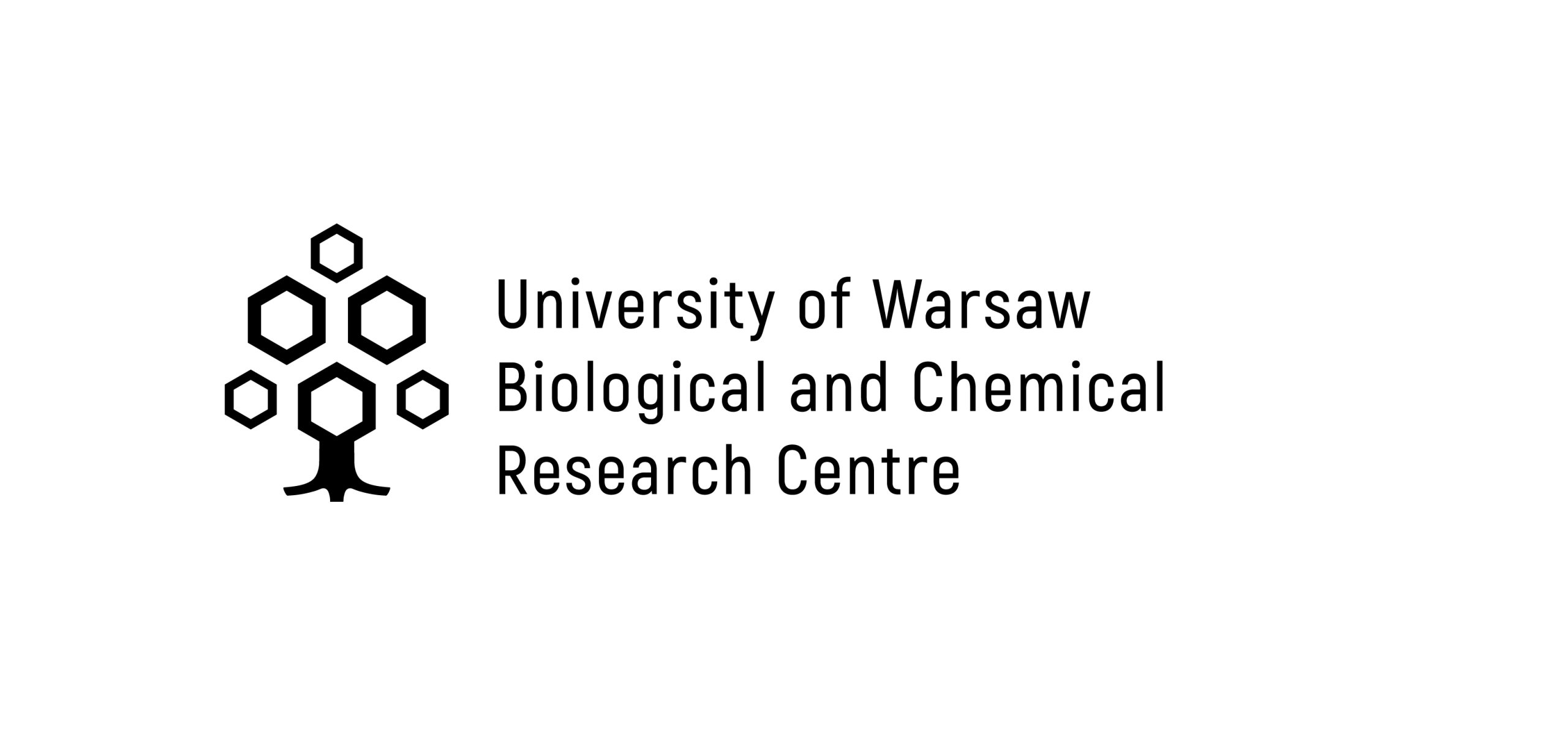Team of Molecular and Structural Basis of Chloroplast Activity
Description of the Group
Chloroplasts, and in particular their inner membranes – thylakoids – are one of the most complex spatial systems occurring in nature. Our research group is engaged in a comprehen[1]sive analysis of the relationship between the composition, structure and function of chlo[1]roplasts in different environmental conditions and at different stages of development. Using complementary measurement methods we examine chloroplasts at various levels of orga[1]nization, starting from protein-lipid composition (molecular methods, HPLC, mass spectrometry), through organization and interaction between photosynthetic complexes (electrophoresis, spectroscopic methods), spatial structure of thylakoid membranes (electron microscopy and tomography, confocal microscopy, 3D mod[1]eling), up to functionality of the photosynthetic apparatus (in vivo fluorescence measurements). CNBCh UW hosts our “Lab for high-pressure freezing and substitution of TEM samples”, in which microscopic samples are fixed by freez[1]ing and by chemical methods. At later stages the preparations are studied by electron and confocal microscopy for 2D and 3D analyses.
Team Leader
Professor Agnieszka Mostowska (Head of the Department of Plant Anatomy and Cytology, Institute of Experimental Biology and Biotechnology of Plants of the Faculty of Biology, since 2012, Dean of the Faculty of Biology of the University of Warsaw) conduct joint photosynthetic research including: chloroplast biogenesis, relation of the 3D structure of thylakoids with their protein and lipid composition, changes in the chloroplast proteome and lipidome under stress conditions, mechanisms of programmed cell death. Recent major publications: Kowalewska et al. (2016) The Plant Cell, 28: 1-17, Skupień et al. (2017) Plant Physiol. Biochem. 111: 107-118, Kowalews[1]ka and Mostowska (2017) chapter [in] Handbook of Photosynthesis, Mazur et al. (2018) Plant Physiol. Biochem, 122:102-112
